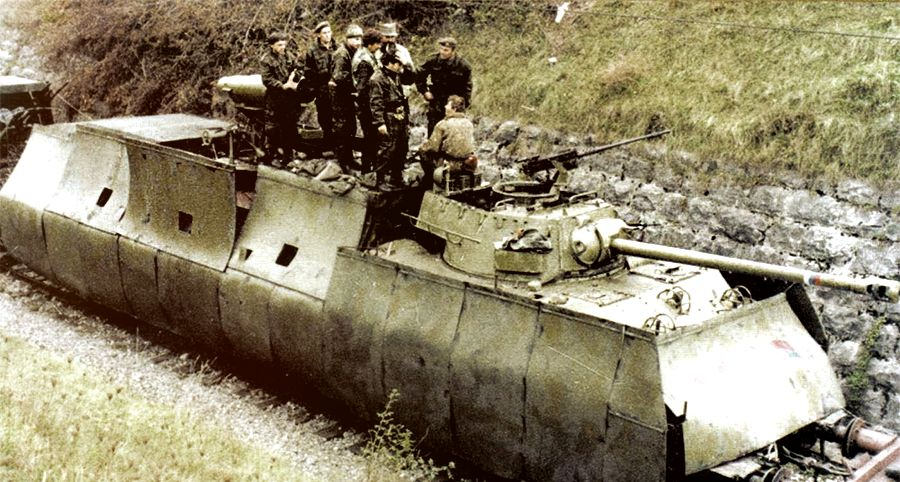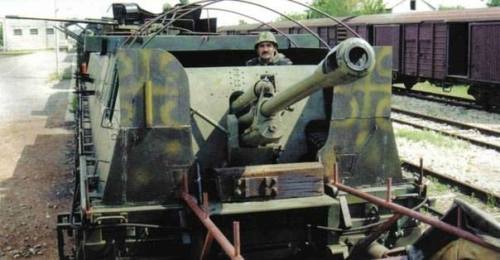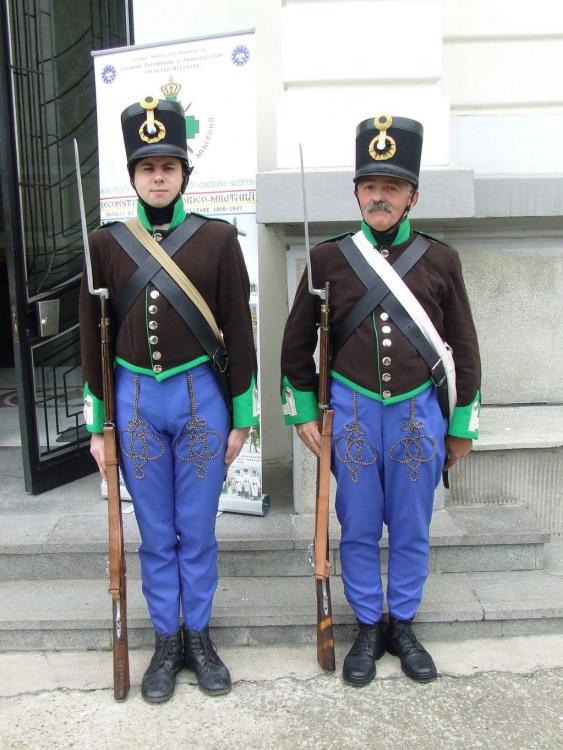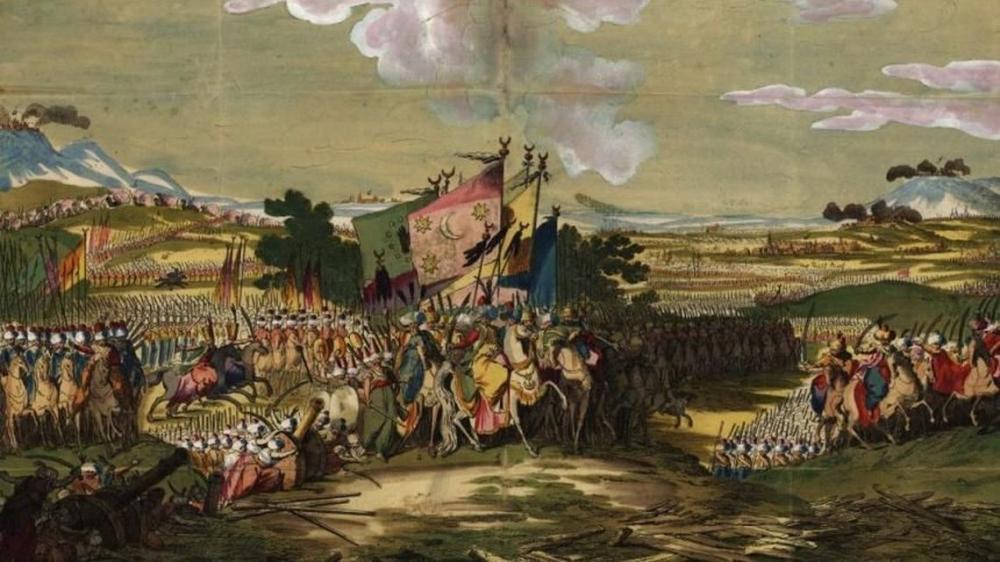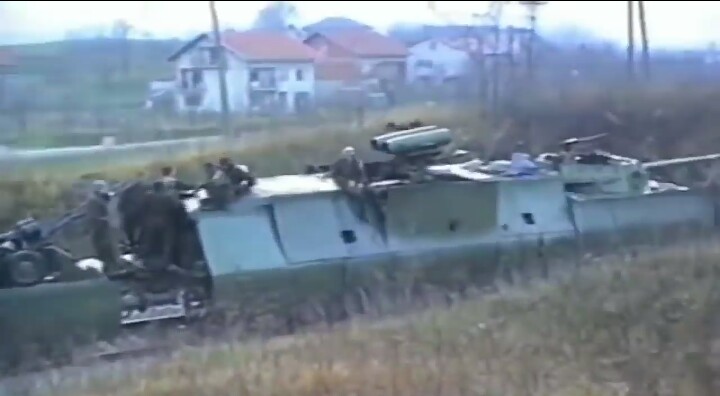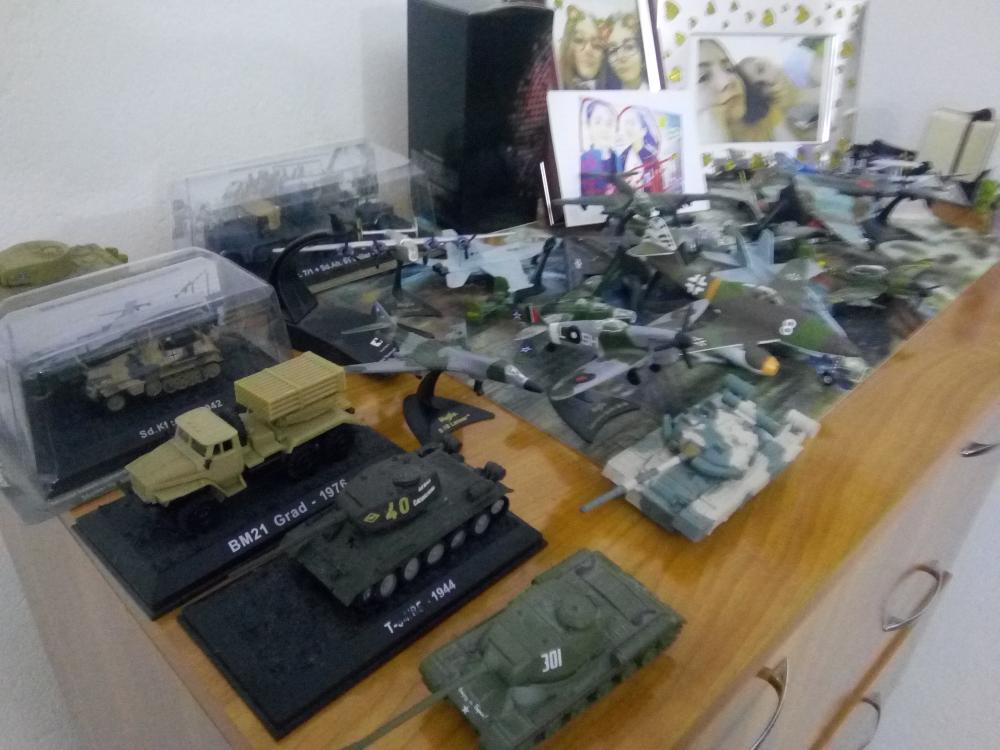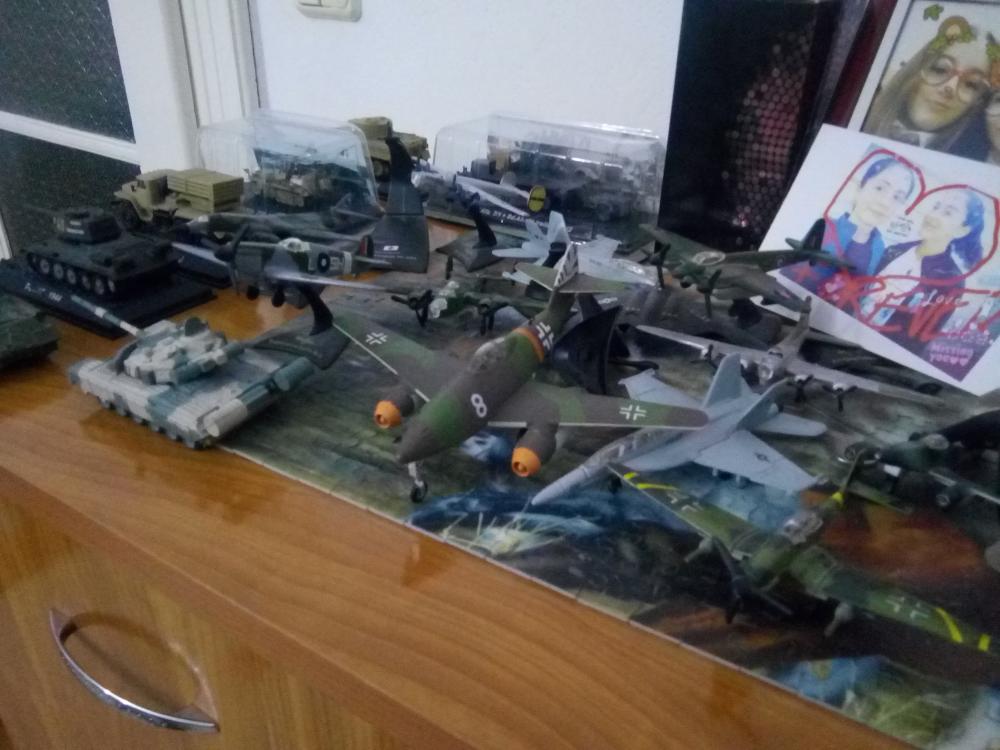
Morar Andrei
Active Contributor-
Posts
264 -
Joined
-
Last visited
Content Type
Profiles
Forums
Blogs
Gallery
Events
Store
Everything posted by Morar Andrei
-
Here are some other strange vehicles. I have the mention that there is a little misconception, some of the tanks from this whole story have been attributed to the German designers, but they have never been planned, at least in Germany during the war. First examples are some fake images from that period or are modern-made:
-
Equipment of the Romanian Armed forces in the First World War
Morar Andrei commented on Morar Andrei's blog entry in Military history of Romania
Unfortunately, I couldn't find an exact answer to your question, but I recommend you the book "Artileria Română în date și imagini"/ "The Romanian Artillery in datas and images". I can give you a link to the book (I think it's only in Romanian, so you must translate it, but is a very good source of information): http://www.rft.forter.ro/17_bibvirt/pdf/004-artileria-romana-in-date-si-imagini.pdf -
The IAR CV 11 was a Romanian fighter prototype from 1930, designed by Elie Carafoli, and it was IAR's first original aircraft. In early 1930 a contest was called by the ARR for a new fighter type to equip its squadrons. During July and October, seven foreign types were tested at an airfield near Bucharest. No decision was made, however, since none of the contenders reached the minimal speed limit set by the requirements at 300 km/h. Despite the inconclusive results, the favourite plane seemed to be the chunky-looking Polish P.Z.L. P.1/II prototype, registered SP-ADO. During the same period, the air force commission was informed that a new fighter prototype had been completed at I.A.R., and it had reached an impressive 319 km/h top speed during initial test flights. Built according to the plans of Dipl.-Eng. Dr. Elie Carafoli and Lucien Virmoux, the I.A.R. fighter was an advanced construction. Named the C.V. 11 after its designers, it had a mixed metal-wood structure and cantilever, low-wing configuration, modern features soon to be adopted by all major aircraft manufacturers. The front fuselage structure was made of duraluminum tubes, while the rear part was of pinewood. The engine nacelle and the fuselage up to the cockpit were covered by duraluminum sheets, the aft part by plywood. The rear part of the fuselage merged with the tail without a substantial cross-sectional change, giving the aircraft a rather unusual arrow-like look. Due to its unconventional fuselage configuration the overall length came to less than 7 m, while the height was only 2.46 m. The 11.50 m span wing was made up by three sections of combined duraluminum/pinewood construction,reinforced by steel cables. The centre part housed the main wing fuel tank. The unbalanced control surfaces, which proved to be too small during trials, were made entirely of wood covered by fabric. The powerplant chosen was a Lorraine-Dietrich 12Fa Courlis with 12 cylinders arranged in a W configuration. Its maximum output was an impressive 600 h.p. (447 kW) but it proved to be too heavy for the small and light fuselage, which weighted only 1,100 kg, and caused a dangerous tendency to go into a spin at low speed. This shortcoming could not be eliminated, so the prototype, officially designated I.A.R. C.V. 11/W.8, had finally to be abandoned. In the meantime, a second prototype was completed at I.A.R. This time a less powerful but sensibly lighter Hispano-Suiza 12Mc engine, with 12-cylinders in V, had been fitted to essentially the same fuselage. Although weaker than its predecessor, this engine gave a superior maximum speed of 328 km/h at sea level and 295 km/h at 5,000 m. The armament of two 7.7 mm Vickers machine guns firing through the propeller arc had been retained from the first prototype. An O.P.L. type gunsight helped the pilot to aim its guns. After initial test flights, the second prototype, designated in French style I.A.R. C.V. 11 C1 (Chasseur monoplace), had been shipped to Istres, in France, where it arrived in January 1931. During the following two months further trials were conducted involving French specialists as well. The French specialists report, however, did not have any significant impact on ARR commission members. After the initial failure in reaching a verdict, this prompted the ARR leaders to set up a new, five member committee to decide the choice of fighter type to be introduced into Romanian service. After several months of inquiries and test flights, the commission finally decided four to one in favour of the P.Z.L. P.1 and against the faster but less manoeuvrable, spin-prone I.A.R. C.V. 11. Therefore, once the prototype returned to Romania, as a last measure, the I.A.R. team decided to make an attempt to break the speed record on a 500 km closed circuit. The record of 306,696 km/h in effect at that time for this category had been set up by the Frenchman Joseph Sadi-Lecointe, with a Nieuport-Delâge airplane. The record-breaking attempt was scheduled for the morning of 9 December 1931 on the Bucharest-Fetesti-Bucharest route. With the Capitan aviator Romeo Popescu at its controls, the C.V. 11 took off from Pipera-Bucharest military airfield at 11.30 a.m. The first 370 km were flown without any trouble at an encouraging average speed. Close to Lehliu railway station, however, the overheated Hispano-Suiza engine suddenly stalled, forcing the pilot to try an improvised forced landing with the now vicious airplane. Cpt. Popescu approached a nearby open field, but at contact with the thick snow cover one of the main wheels collapsed and the fighter turned over, crushing the pilot under the fuselage. Romeo Popescu, an experienced test pilot and holder of three Romanian national aviation records, died instantly. The investigation following the incident concluded that the lubrication of the overstressed engine, working at maximum power, was insufficient, causing seizure. Until that fatal moment, during an hour and thirty-four minutes of flight, an average speed of 319 km/h had been recorded by the onboard instruments, thus a good chance had existed of achieving the goal set by the temerarious pilot. However, by that time the dies had already been cast. Months before, in September 1931, General Constantin Lazarescu, the new inspector of DSA, decided not to consider the I.A.R. design any more, but to purchase the Polish P.Z.L. P.11, an upgraded version of the initial P.1 Characteristics: • Crew: one • Length: 6.98 m (22 ft 10⅞ in) • Wingspan: 11.50 m (37 ft 8¾ in) • Height: 2.46 m (8 ft 0¾ in) • Wing area: 18.20 m2 (195.9 ft2) • Empty weight: 1100 kg (2425 lb) • Gross weight: 1510 kg (3329 lb) • Powerplant: 1 × Hispano-Suiza 12Mc, 373 kW (500 hp) Performance • Maximum speed: 329 km/h (204 mph) Armament • 2 x .303 Vickers machine guns
-
The IAR 471 was a 1943 prototype of ground attack aircraft and dive bomber aircraft built by Industria Aeronautică Română. The IAR-81 had not proved a great success as an improvised dive bomber and experience with the IAR-47 showed that the IAR 14K would not be up to the demands of powering a full-sized dive bomber. Thus by early 1943 the Romanians still lacked an effective ground support aircraft . In November 1942 IAR had at last secured a license for the manufacture of the German DB 605 engine and planning now centred on this powerplant. On January 16, 1943, a new dive bomber project, the IAR-471, was commissioned which was to be powered by the DB 605. Although the Germans lent Romania numerous Stukas from mid-1943, they would not sell any. Therefore, the design of the IAR-471 was persevered with for reasons of self-sufficiency. Despite its designation, the IAR-471 bore little resemblance to the smaller IAR 47 and was essentially a different aircraft. It was designed with a superior performance to the Stuka, much helped by the retractable undercarriage, but a lighter bomb load, and on May 7, 1944, the Stuka's two underwing 37mm cannons were ordered to be included in its specification. It was planned to order 100 IAR-471s and 136 engines from IAR in 1944/1945, but IAR was in the throes of dispersing its factories and beginning production of the Bf 109G and declared itself incapable of simultaneously producing the IAR-471. This halted the project even before Romania's defection to the Allies in August. No prototype flew. There were (at least) one IAR 471 prototypes built, its fate being unknown. No picture of the plane has survived. Characteristics: • Crew: 2 • Length: 11 m ( ft in) • Wingspan: 14 m (45 ft 10 in) • Height: 3.2 m ( ft in) • Wing area: 29 m2 (312 ft2) • Gross weight: 4300 without bomb load kg (9,479l lb) • Powerplant: 1 × IAR DB 605, 1,100kW kW (1,475 hp) Performance • Maximum speed: 490 km/h (304 mph) • Service ceiling: 8000 m (26,245 ft) Armament • 1 x 20mm MG151 cannon firing through the airscrew spinner • 2 x 7.92mm Rheinmetall wing mounted • 2 x 37mm BK 37 Rheinmetall under wing • 2 x 7.92mm Rheinmetall MG for rear gunner • 500kg (1,100lb) bomb under fuselage 2 x 100kg (220lb)
-
Searching for tank metal figurines
Morar Andrei replied to Morar Andrei's topic in Armour, Vehicles, Ships & Aircraft
Good question... I once had a Tiger I kit and it was scale 1/72 from Revell, so this would be the scale I'm looking for. Second of all, any WW2 nation tank would be useful, but I have a preference for the German tanks. But if there would be a slight chance to find any Romanian tank, or that was was used by the Romanian army, it would be interesting too. Thank you very mych. Andrei -
Armoured train in the Yougoslavian conflict?
Morar Andrei replied to Morar Andrei's topic in Modern Campaigns and Conflicts
Thank you againg! -
Armoured train in the Yougoslavian conflict?
Morar Andrei replied to Morar Andrei's topic in Modern Campaigns and Conflicts
My question is the next one: where did they get the Hellcat turret from? I don't know if such tanks have been used in Eastern Europe. -
Armoured train in the Yougoslavian conflict?
Morar Andrei replied to Morar Andrei's topic in Modern Campaigns and Conflicts
Thank you for information! The Krajina Express is the armoured train I was looking for. About the Hellcat turret, when I've seen the photo first time, I said like "is that not an American turret?", idea which qas confirmed in your answer. Thank you again! Armoured trains are mostly associated with the Great War and the coventional war in general. That's why it's very interesying to know they are still used in a form or another. Andrei Here is also a bit from its operation history and composition, iformation found on Wikipedia: The main battle in which the train became involved was the siege of Bihać. The train's crew also performed in combat in the role of infantry. The improvisation of weapons was a common feature of all parties involved in the conflict during the breakdown of Yugoslavia in 1991. As a result, both Serbs and Croats assembled a number of armored trains. The Army of Republika Srpska operated a train that was ambushed and destroyed in October 1992 near the town of Gradačac by Bosnian Muslimforces that included a T-55 tank. The wreckage was later converted into a monument. The Croatian Army deployed a two-wagon armored train built in Split with a shield composed of two plates, one 8mm and the other 6mm thick, with a 30–50mm gap filled with sand between them. The vehicle was armed with 12.7mm machine guns. The first wagon train was made of a General Motors diesel locomotive (JŽ 664-013) and two cars by local railroad workers at Knin. The cars were initially protected with sandbags. The first operational mission took place in the area between Gračac and Stikada.The usual tactic was to appear suddenly in a pre-established point of the railway, fire its guns and withdraw quickly. The 20-member crew was occasionally re-supplied by small trucks. Following the improvement of the protection with the addition of armor plates, the train provided fire support on the railroad between Knin and Drniš. It was later sent to Lika, where the wagon formation became involved in the battles around Sveti Rok. It is believed that at this time, near the end of 1991, the train was dubbed "Krajina Express". In 1992 "Krajina Express" joined the fighting for the airport of Zemunik, near Zadar. When the train was not suitable for combat operations, the crew fought in the infantry role, like in the course of Operation Corridor. By the end of 1992, the unit became incorporated to the 75 Motorized Brigade, part of the 7th Army Corps of Serb Krajina. Two members of the crew were killed by Croatian artillery while fighting on foot during Operation Maslenica, in January 1993. The train provided support during the struggle for Škabrnja, where the unit was involved in an attempt to destroy an ammunition dump in Zadar by pushing a wagon loaded with 3,650 kg of explosives and five tons of shrapnel through the Benkovac to Zadar railway line. The detonator would be a land mine attached to the wagon's bumper. The plan was to let the wagon roll down from the village of Nadin towards the target in the outskirts of Zadar. The results of this mission, if any, remain unknown. In the last days of May 1993, the train was to be involved in Operation маслинова гранчица (Olive branch), a Serb attempt to break into the Croatian defenses along the Adriatic coast south of Zadar that was eventually called off. In September, "Krajina Express" was part of the Serb counterattack in the battle of Medak pocket. One of the last and best documented actions of "Krajina Express" were a number of fire support missions along the Una river during the siege of Bihać, on 1 December 1994. The train drew fire from Bosnian troops on Ribicka Glavica hill. The unit was attacked with antitank rocket-propelled grenades and 76mm guns and returned fire with its own 76mm weapon and with a barrage of 57mm rockets. Later on the day, one wagon was hit by a 9K11 Malyutkamissile, which pierced the armor shield, but the rubber protection deflected or absorbed the blast. One crew member was wounded by shrapnel. A second missile missed the wagons by 200 yards and hit a derelict building. One source claims that the missile struck the wagon mounting the rocket launcher, while another says that the hit disabled one of the antiaircraft cannons. In the last months of war, the train activity was hampered by the deteriorating military situation in Krajina. At the time of Operation Storm "Krajina Express" was sent to Lika. When its crew realised that the collapse of the Republic of Krajina was unavoidable, they destroyed the train by derailing it into a ravine. The two-wagon train was originally armed with a WWII German 20mm gun and two 9K11 Malyutka missile launchers; a Bofors 40mm gun was added later. A pair of M-53 7.9mm light machine guns were mounted to defend the blind spots. The 40mm cannon was removed in 1992 and replaced by a Soviet-designed 76mm gun mounted on the rear wagon. The convoy was enlarged with a third wagon mounting two 20mm cannons. Two Zastava M84 machine guns and a twin 57mm multiple rocket were also added in 1992. The following year marked the definitive configuration of the armored train, when the 76mm gun was supplanted by an American M18 Hellcat tank destroyer. There was an open wagon with two 120mm mortars, but their operational use was limited. The end of the war in Croatia frustrated plans of mounting an 88mm flak gun. The sandbags which provided the first shield to the wagons were replaced by a 25mm thick armor plate. The roofs remained open and were covered with tarpaulins. On the sides the wagons were wrapped in canvas and rubber sheets, the in between space filled with gravel. This improvised laminated protection proved effective in combat when it dissipated the blast of an antitank missile. During the siege of Bihac three additional wagons were hooked ahead off the formation, in order to trigger any mines planted on the railway. One of the wagons carried tools and materials for railroad repairs if needed. -
Wallachian and Moldavian uniforms 1750-1815?
Morar Andrei replied to Morar Andrei's topic in Napoleonic Wars
-
Trying to recreate an uniform
Morar Andrei replied to Morar Andrei's topic in Austro-Hungarian Empire
I received the email in response from Military Tradition and found some intetesting things. I was also able to contact Mr. Diaconu's company, called "Romilitaria". Now, I'm waiting their response. -
I'm looking for images from this war, especially about any battle that took place on the teritory of modern Romania. If find same kind of images, but from the other wars, would be as good. Thank you! It's very interesting to from nd out that the Romanian Prinicipalities have bern the battlefield for the large empires for centuries. Here are 2 examples of other batyles that took place here: - battle of Oituz from 1788 (Austrians vs. Ottomans) - battle of Giurgiu from 1790 (same combatants)
-
Trying to recreate an uniform
Morar Andrei replied to Morar Andrei's topic in Austro-Hungarian Empire
I will try again during the following week. -
Trying to recreate an uniform
Morar Andrei replied to Morar Andrei's topic in Austro-Hungarian Empire
I heard about Dragoș Diaconu. He might be a good source here, in Romania. -
I found something that might look like an armoured train used in the '90s, during the conflicts from Yougoslavia. I don't know where this photo was done and whose train was. I honestly thought that armoured trains haven't beed used since World War 2. That also makes me question: are armoured trains yet used in modern combat? Or that one was an exception?
-
Wallachian and Moldavian uniforms 1750-1815?
Morar Andrei replied to Morar Andrei's topic in Napoleonic Wars
I found something older. It's from a museum in Oradea, close to the Hungarian border. It is probably a Wallachian uniform, somewhere between 1830 and 1848. The unifoem from the left might be a bit older, but the ones from the right I've seen them in most of the movies placed on that period. At least, one of them. The other one is wearing a Martini-Henry rifle, so it might be after 1879, when these rifles have been introduced to the Romanian Army. So the ones from left and center can be the most siuted to the age I was looking for. -
Trying to recreate an uniform
Morar Andrei replied to Morar Andrei's topic in Austro-Hungarian Empire
I start thinking that it is a bit expensive to search in Germany or in other foreign country first, even if I know they have very good quality (a uniform arround 200-300 euros is very expensive here - if we consider 4.6 lei, the national coin = 1 euro, you may need to pay the same price as your whole salary for a month). That's why I want to find: is there any good quality company here, in Romania, that is producing this kind of uniforms? Or maybe ehould I contact first the"Military Tradition" (the largest re-enectment society from Romania, also present every year at the National Parade on December 1st) association to find more? Can I find something much cheaper, but still with a fairely decent quality? The cheapest way would be to create it by myself, or search on the nearby villages after any remaining uniform (people tend in this area to keep old uniform - I know someone on a nearby village that has 2 Romanian uniforms from both World Wars). Any information from Romania would be useful. -
Trying to recreate an uniform
Morar Andrei replied to Morar Andrei's topic in Austro-Hungarian Empire
Thabk yiu! That's a useful link. -
Trying to recreate an uniform
Morar Andrei replied to Morar Andrei's topic in Austro-Hungarian Empire
Finally I discovered the material needed! It is serge wool (stofă de lână - translated from Romanian) -
Searching for tank metal figurines
Morar Andrei posted a topic in Armour, Vehicles, Ships & Aircraft
I like military vehicles from the Second World War, and I even started a small collection. But I got stuck. I was looking in all the shops from Romania after a tank metal figurine (I don't want to build it from scratch, but to find an already built one, just like a toy/model) but I found nothing. Can you help me with some suggestions from foreign countries? I can also request my uncle, who is living in Canada to look after any, but I want to find first anything useful from you, gentlemen. Andrei (sorry for the mess, at the moment I lack a propper place to put my collection) -
Equipment of the Romanian Armed forces in the First World War
Morar Andrei commented on Morar Andrei's blog entry in Military history of Romania
I also created a video on this topic. Check it out!

_12.jpg.7b8b0a82f0ebbe1cb062e0b9fb5fc55f.jpg)
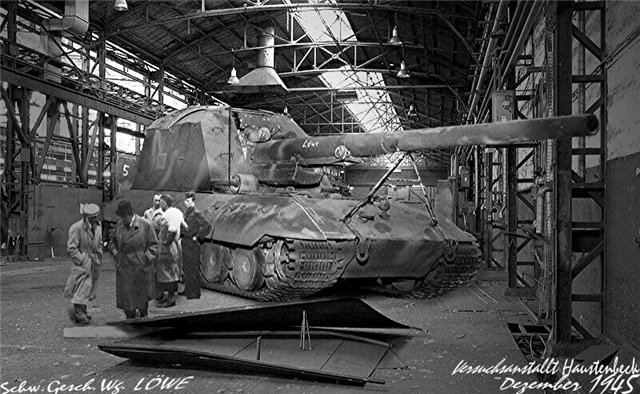

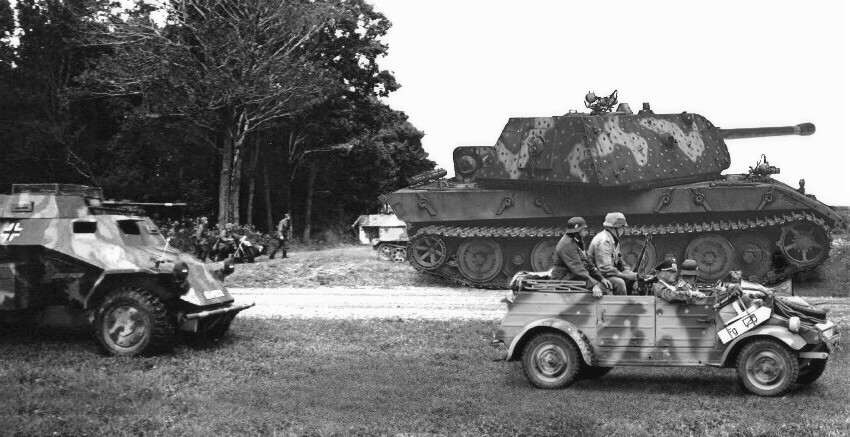
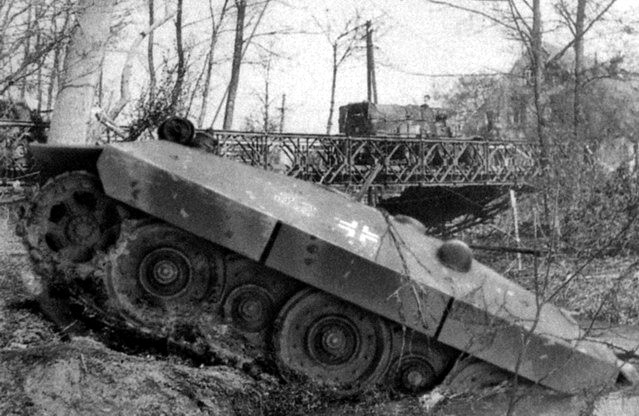
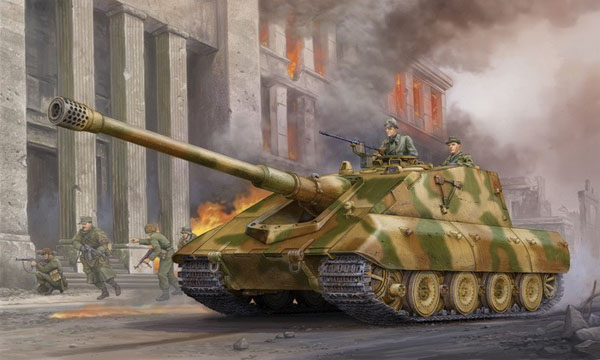
.jpg.f54bf9cb484954d1b71d9f44c2a1131e.jpg)


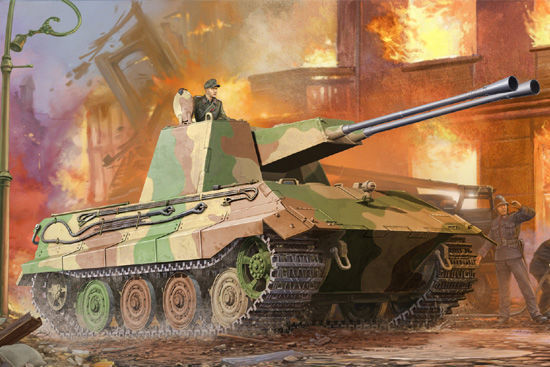


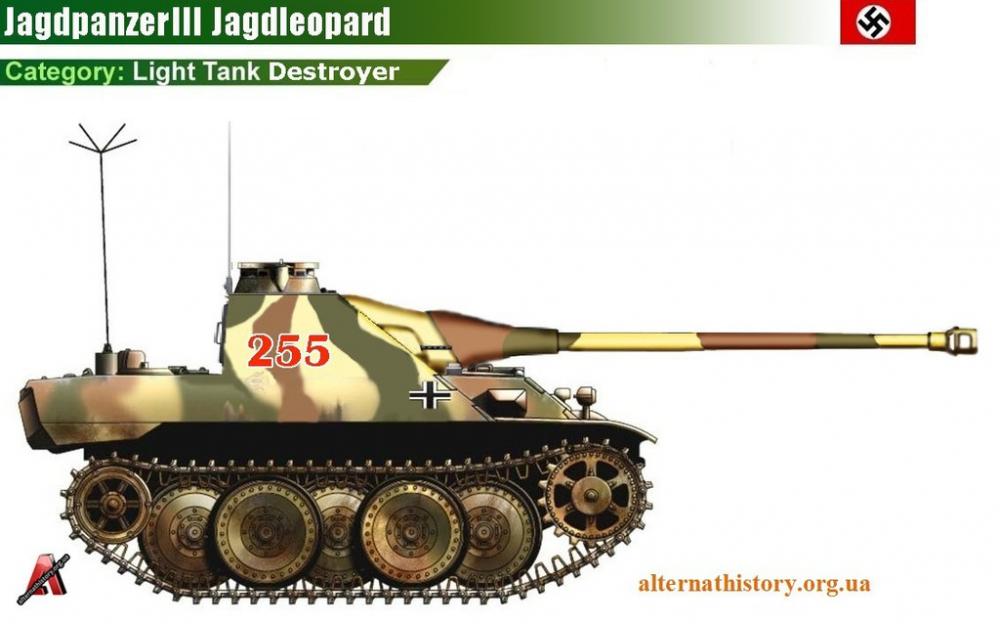
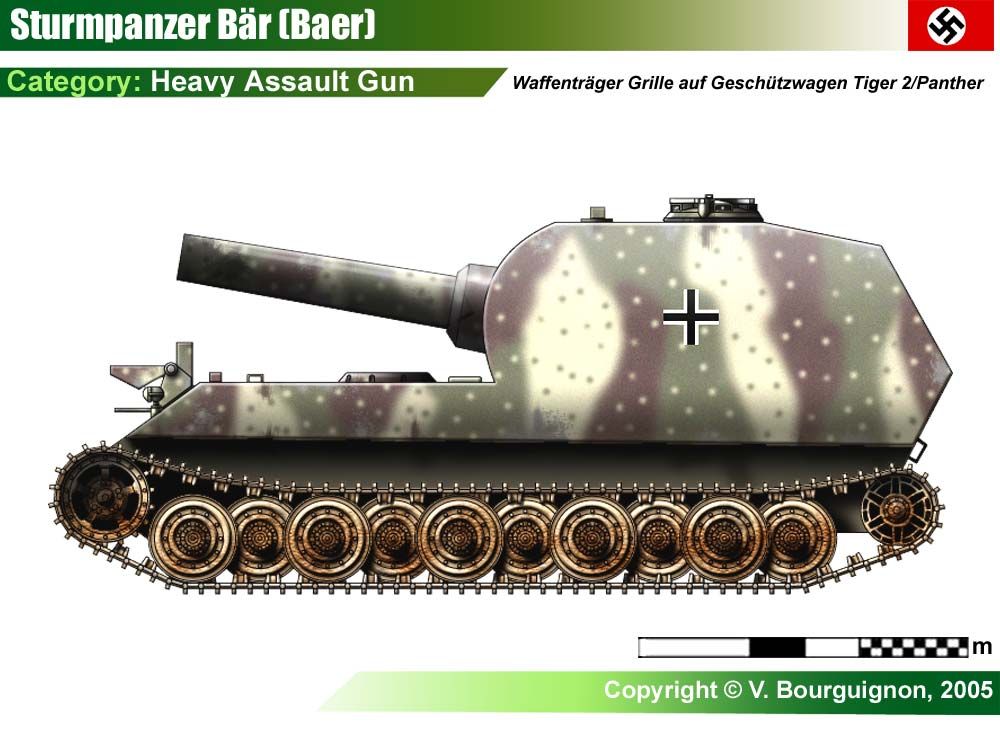
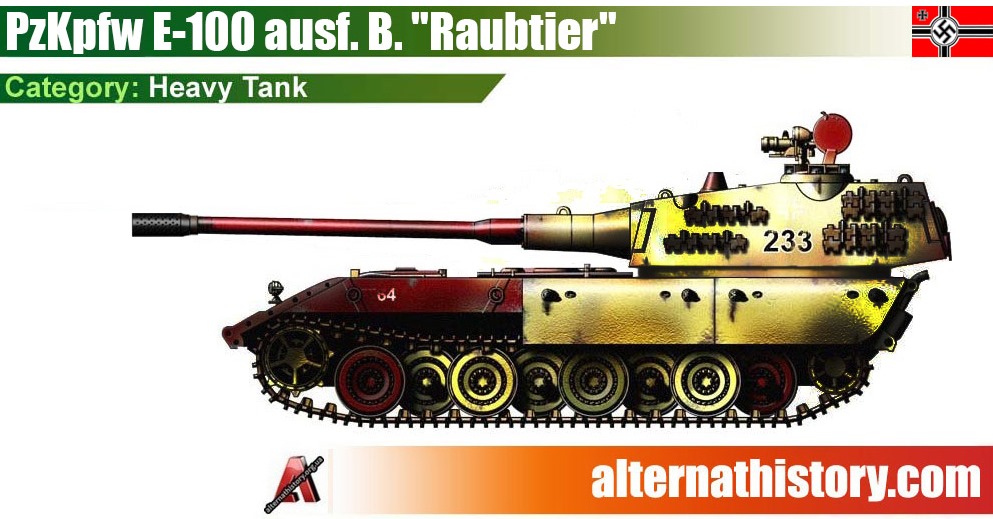
.jpg.2fea1ae7546a8f001ce7a0f4f2994ec4.jpg)
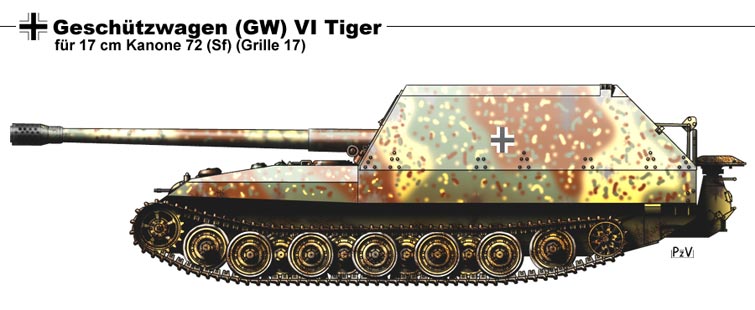
.jpg.98c3bb0b445fd65e72d03637cfdc8994.jpg)
.jpg.87f946e8156709806b0d497e006601b7.jpg)
.jpg.73ec6f5010b903f2be7935c9a9e3a70e.jpg)
.jpg.d8c697b90a732da096930b0596a79d4b.jpg)
.jpg.efe905990021dd4cdf9fd6d03d6ac74a.jpg)
.jpg.c77f1242907e35ea80b14c8d268b7b05.jpg)
.jpg.3ad8f1ea85b4f71dfb4a32ceebaa092b.jpg)



_(Munich_Goes_Sour).png.b09fac552623a8caa62d2a9d7116a27a.png)
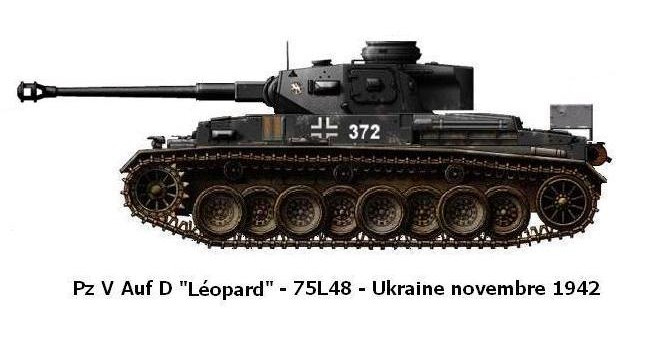


.jpeg.b3d7cf8465d831eef5ab5d406ac0be2b.jpeg)
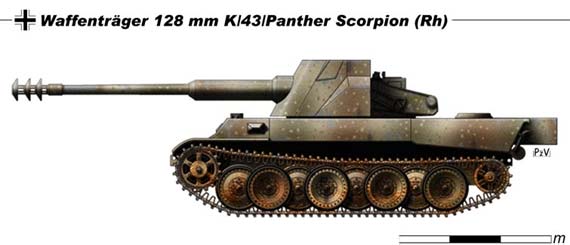
.jpg.e30f5c80a126c6ed89271c68f95100f7.jpg)

.thumb.jpg.f6ac1290be4f1a817607101d019d40b9.jpg)

.jpg.6930ae3d80797535ce4283928d967acc.jpg)

.jpeg.22242ccca14a33b315767722efbe9d21.jpeg)
